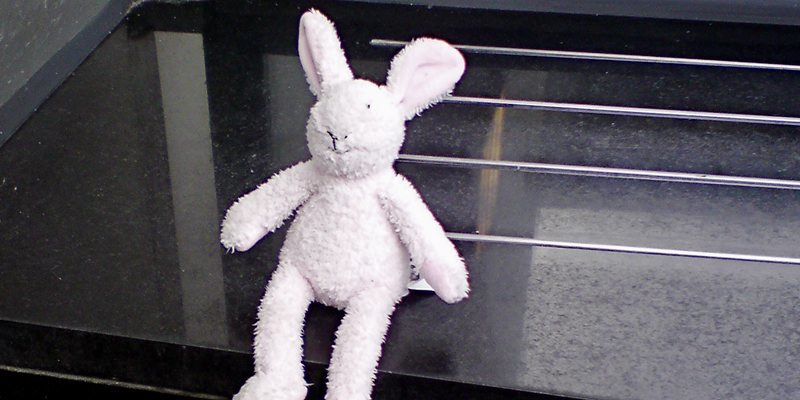Almost 200 Angus children who have run away from home this year have placed themselves at risk of sexual exploitation and becoming involved in drugs or other criminal activities, a charity spokeswoman warned.
Elaine Chalmers, head of the Scottish division of ChildLine, was speaking as an investigation revealed the vast majority of the 307 people reported missing in the area this year have been aged 16 and under.
Since 2010 began, officers from the eastern division of Tayside Police have been already made aware of the disappearances of 196 separate minors-the youngest of whom was aged just 10.
Ms Chalmers said it was important for us to realise why so many often desperate young people disappeared.
She said, “The majority of children aged under 16 who run away from home do so to escape neglect, abuse or family conflict. Young runaways who end up on the streets are at risk from adults who may exploit them sexually and involve them in drugs misuse and other criminal activity.
“Young people who are struggling or thinking about running away from home can contact ChildLine on 0800 1111.”
The statistics, provided by Tayside Police, show that many vulnerable people in the county run away repeatedly, with one running away as many as 17 times.
Adrian Robertson, community safety inspector for Angus, urged any young people who might be facing problems “not to bottle things up.”
He added, “Most of the young people that run away from home are generally quite troubled youngsters who lead chaotic lifestyles.
“It’s important to remember that not every child is running away from neglect. In some situations, children in care have been reported missing because they have turned up late after having been out on a day trip.
“However, we take any reports of missing persons very seriously and I would encourage any young person who might be considering running away from home to tell somebody, perhaps a friend or a teacher they trust.
“While we would love these young people to come to us directly, we understand that many feel let down by the authorities but they shouldn’t feel like they have to battle problems by themselves.
“There are many youth drop-in centres across Angus with adults who could provide advice.”
Photo used under Creative Commons licence courtesy of Flickr user Rev Stan.
